Related Research Articles
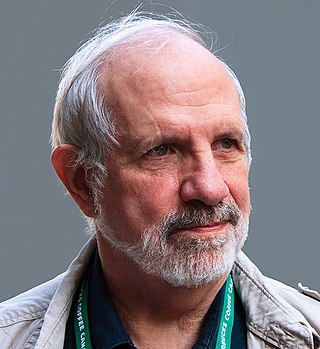
Brian Russell De Palma is an American film director and screenwriter. With a career spanning over 50 years, he is best known for work in the suspense, crime and psychological thriller genres. De Palma was a leading member of the New Hollywood generation of film directors.
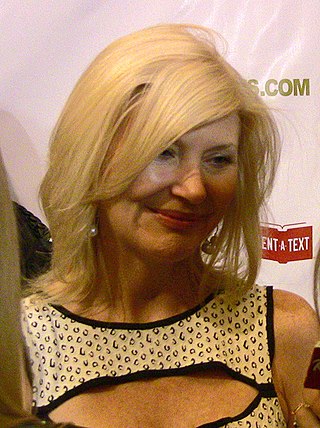
Elizabeth Alice Broderick is an American actress. She portrayed Zelda Spellman in the ABC/WB television sitcom Sabrina the Teenage Witch (1996–2003). She also had recurring roles as Diane Janssen in the ABC mystery drama series Lost (2005–2008) and as Rose Twitchell in the CBS science fiction drama series Under the Dome (2013).

Principal photography is the phase of producing a film or television show in which the bulk of shooting takes place, as distinct from the phases of pre-production and post-production.
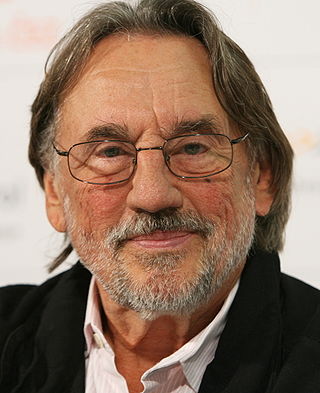
Vilmos Zsigmond was a Hungarian-American cinematographer. His work in cinematography helped shape the look of American movies in the 1970s, making him one of the leading figures in the American New Wave movement.
Ernest Roscoe Dickerson is an American director, cinematographer, and screenwriter of film, television, and music videos.
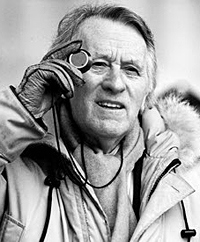
Frederick William FrancisBSC was an English cinematographer and film director whose filmmaking career spanned over 60 years, from the late 1930s until the late 2000s. One of the most celebrated British cinematographers of his time, he received numerous accolades for his photography, including two Academy Awards and five BAFTA Awards. As a director he was best known for his horror films, notably those made for production companies Amicus and Hammer in the 1960s and 1970s.
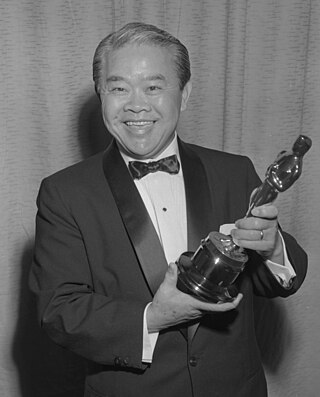
Wong Tung Jim, A.S.C. (Chinese: 黃宗霑; August 28, 1899 – July 12, 1976), known professionally as James Wong Howe (Houghto), was a Chinese-born American cinematographer who worked on over 130 films. During the 1930s and 1940s, he was one of the most sought after cinematographers in Hollywood due to his innovative filming techniques. Howe was known as a master of the use of shadow and one of the first to use deep-focus cinematography, in which both foreground and distant planes remain in focus.
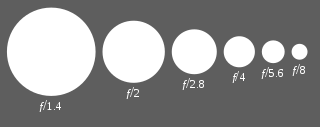
Deep focus is a photographic and cinematographic technique using a large depth of field. Depth of field is the front-to-back range of focus in an image, or how much of it appears sharp and clear. In deep focus, the foreground, middle ground, and background are all in focus.

Raising Cain is a 1992 American psychological horror thriller film written and directed by Brian De Palma, and starring John Lithgow, Lolita Davidovich and Steven Bauer.
Camera coverage, or coverage, is the amount and kind of footage shot used to capture a scene in filmmaking and video production. The film editor uses coverage in post-production to assemble the final cut.
Rudolph Maté was a Polish-Hungarian cinematographer who worked in Hungary, Austria, Germany, and France. He collaborated with notable directors including Fritz Lang, René Clair, and Carl Theodor Dreyer, attracting notable recognition for The Passion of Joan of Arc (1928) and Vampyr (1932).

Gaetano (Tony) Gaudio, A.S.C. was a pioneer Italian-American cinematographer of more than 1000 films. Gaudio won the Academy Award for Best Cinematography for Anthony Adverse, becoming the first Italian to have won an Oscar, and was nominated five additional times for Hell's Angels, Juarez, The Letter, Corvette K-225, and A Song to Remember. He is cited as the first to have created a montage sequence for a film in The Mark of Zorro. He was among the founders of the American Society of Cinematographers, and served as president from 1924 until 1925.
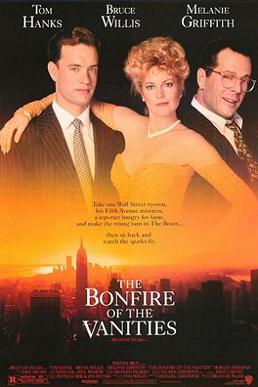
The Bonfire of the Vanities is a 1990 American satirical black comedy film directed and produced by Brian De Palma and starring Tom Hanks, Bruce Willis, Melanie Griffith, Kim Cattrall, and Morgan Freeman. The screenplay, written by Michael Cristofer, was adapted from the bestselling 1987 novel of the same name by Tom Wolfe.

Michael Cristofer is an American actor, playwright, and filmmaker. He received the Pulitzer Prize for Drama and the Tony Award for Best Play for The Shadow Box in 1977. From 2015 to 2019, he played the role of Phillip Price in the television series Mr. Robot.
Dean Raymond Cundey, A.S.C. is an American cinematographer and film director. He is known for his collaborations with John Carpenter, Steven Spielberg, and Robert Zemeckis, as well as his extensive work in the horror genre, in addition to numerous family and comedy films. His filmography as a cinematographer includes Halloween (1978), The Fog (1980), Escape from New York (1981), The Thing (1982), the Back to the Future trilogy (1985–1990), Who Framed Roger Rabbit (1988), Jurassic Park (1993), Apollo 13 (1995), and Garfield: The Movie (2004).
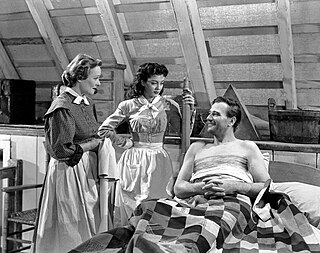
Archibald Job Stout, ASC was an American cinematographer whose career spanned from 1914 to 1954. He enjoyed a long and fruitful association with John Ford, working as the principal cinematographer on Fort Apache (1948) and second unit cinematographer on She Wore a Yellow Ribbon (1949) and The Quiet Man (1952), becoming the only 2nd unit cinematographer to receive an Oscar. In a wide-ranging career, he also worked on such films as the original version of The Ten Commandments (1923) and several Hopalong Cassidy and Tarzan films. His last film was the airborne disaster movie The High and the Mighty in 1954.
Mikael Salomon is a Danish cinematographer, director and producer of film and television. After a long cinematography career in Danish cinema, he transitioned to the Hollywood film industry in the late 1980s, earning two Academy Award nominations. He is also a television director whose credits include dozens of series, films and miniseries including Band of Brothers, Salem's Lot, Rome, and The Andromeda Strain. His awards and nominations include a Primetime Emmy Award and a Directors Guild of America Award.
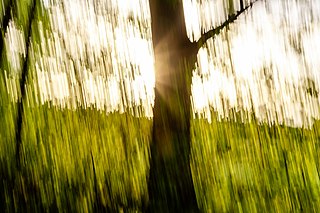
Shaky camera, shaky cam, jerky camera, queasy cam, run-and-gun or free camera is a cinematographic technique where stable-image techniques are purposely dispensed with shaking. It is a hand-held camera, or given the appearance of being hand-held, and in many cases shots are limited to what one photographer could have accomplished with one camera. Shaky cam is often employed to give a film sequence an ad hoc, electronic news-gathering, or documentary film feel. It suggests unprepared, unrehearsed filming of reality, and can provide a sense of dynamics, immersion, instability or nervousness. The technique can be used to give a pseudo-documentary or cinéma vérité appearance to a film.
Fred C. Caruso is an American film producer known for his work on such films as Network and Blue Velvet.

Marc Koninckx is a Belgian cinematographer, member of the A.F.C., member of the S.B.C..
References
- ↑ "'The Bonfire of the Vanities' (1990)". The Independent. London. Archived from the original on November 18, 2007.
- ↑ Salamon 1992, p. 243.
- ↑ Fisher, Bob (November 1990). "The Bonfire of the Vanities". American Cinematographer. Vol. 71, no. 11. p. 52. ProQuest 196321472.
- ↑ Salamon 1992, p. 385.
- ↑ "Eric Schwab: Director/Second Unit Director" . Retrieved 2 November 2024.